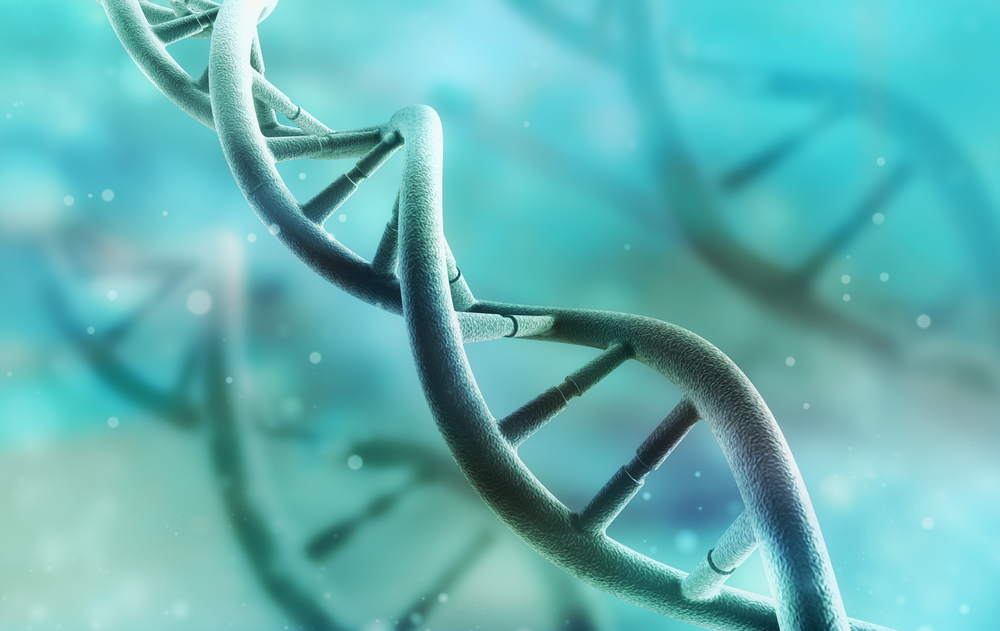Tiny Spear-like Nanotubes May Enhance Delivery of Gene Therapies, Study Suggests

Magnetic nanotubes with a spear-like tip may enhance the precision and effectiveness of gene therapy delivery, a promising therapeutic strategy for many genetic diseases, including muscular dystrophy, according to UCLA researchers.
The study, “Precision-Guided Nanospears for Targeted and High-Throughput Intracellular Gene Delivery,” was published in the journal ACS Nano.
Gene therapies show great potential for various genetic diseases and disorders. In fact, three clinical trials are currently underway to assess the effectiveness of gene therapies for Duchenne muscular dystrophy (DMD).
The principle behind this type of therapy is to correct a genetic defect in a cell, such as a mutation or deletion in the DNA that leads to disease, by delivering a healthy version of the mutated gene.
To deliver the healthy gene to the intended cells, and once inside the cell into the nucleus, researchers use techniques like modified viruses, electrical fields, and harsh chemicals. But these methods have limitations, either high cost, degrees of inefficiency, or toxic effects to the cells.
UCLA scientists have developed a new vehicle for delivering gene therapies with a minimal impact on cells, called nanospears.
These nanotubes are made of silicon, nickel, and gold with spear-like tips that are 5,000 times smaller in diameter than a single human hair, ensuring a safer delivery of the new gene. Nanospears are also biodegradable, inexpensive, and efficient.
“Just as we hear about Amazon wanting to deliver packages straight to your house with drones, we’re working on a nanoscale equivalent of that to deliver important healthcare packages straight to your cells,” Dr. Steven Jonas, a clinical fellow in the UCLA Broad Stem Cell Research Center Training Program and study co-lead, said in a UCLA news story written by Tiare Dunlap.
Researchers tested their newly developed spear-like nanotubes for a gene that causes cells to produce a green fluorescent protein. Approximately 80 percent of cells targeted in the test glowed bright green, and about 90 percent of those cells remained alive, outperforming existing delivery strategies.
Researchers based their work on previous research by Xiaobin Xu, a postdoctoral fellow in the lab of co-lead author Paul Weiss, University of California Presidential Chair and member of the Broad Center of Regenerative Medicine and Stem Cell Research at UCLA.
“Based on Xiaobin’s nanomanufacturing work, we knew how to make nanostructures of different shapes in massive numbers using simple fabrication strategies,” said Weiss, who is also a member of the California NanoSystems Institute at UCLA. “Once we had that in hand, we realized we could make precise structures that would be of value in gene therapies.”
While nanostructures or robotic “nanomotors” as vehicles to deliver gene therapies already exist, they are limited in precision and require potentially toxic chemicals to reach an effective target.
UCLA’s newly developed nanospears are coated with nickel so that no additional chemicals are required. Also, the nanospears are magnetic, which means that by using a simple magnet, researchers can easily manipulate their direction, position, and rotation.
Developing a gene therapy is a time-consuming task linked to laborious methods.
“New methods to generate these therapies more quickly, effectively and safely are going to accelerate innovation in this research area and bring these therapies to patients sooner, and that’s the goal we all have,” Jonas said.
Weiss agreed, saying “one of the amazing things about working at UCLA is that for each of the targeted diseases, we collaborate with leading clinicians who already have gene therapies in development.”
“They have the gene-editing cargo, model cells, animal models and patient cells in place so we are able to optimize our nanosystems on methods that are on the pathway to the clinic,” Weiss added.






